
What is an Aftershock?
Aftershocks are minor earthquakes that follow the largest shock of an earthquake sequence, known as the mainshock. They usually occur within 1-2 fault lengths of the mainshock fault and can continue for weeks, months, or even years after the initial quake. Although typically less severe, aftershocks can cause significant damage, especially if the infrastructure is weakened.
Why Do Aftershocks Occur?
Aftershocks are a natural part of the process of the earth’s crust adjusting to the changes in stress caused by the mainshock. When a major earthquake occurs, it shifts the earth’s crust, redistributing stresses along faults. This redistribution can increase stress in some areas and decrease it in others, often leading to aftershocks as the crust continues to adjust to its new stress field.
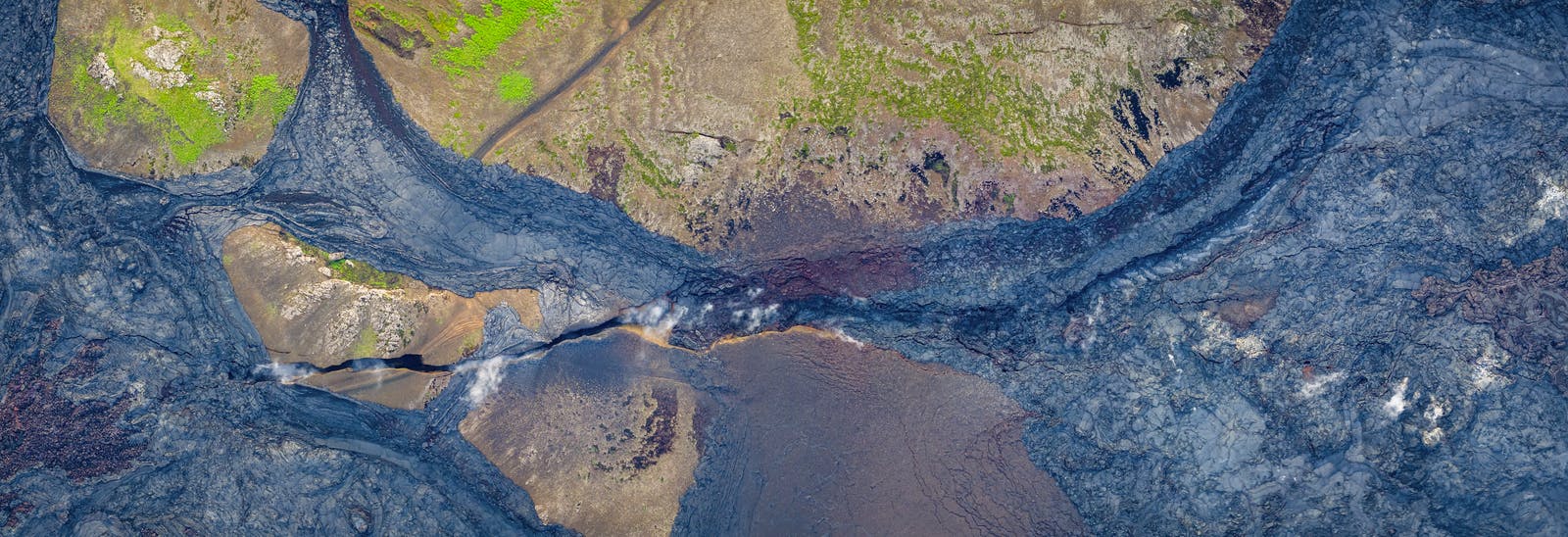
Understanding Aftershocks
Aftershocks provide critical clues about how stress is redistributed in the earth’s crust after a large earthquake. They help seismologists to map and understand the fault structures and can indicate areas that might be vulnerable to future earthquakes. Analyzing aftershocks is crucial for refining seismic hazard assessments and improving building codes and emergency preparedness strategies.
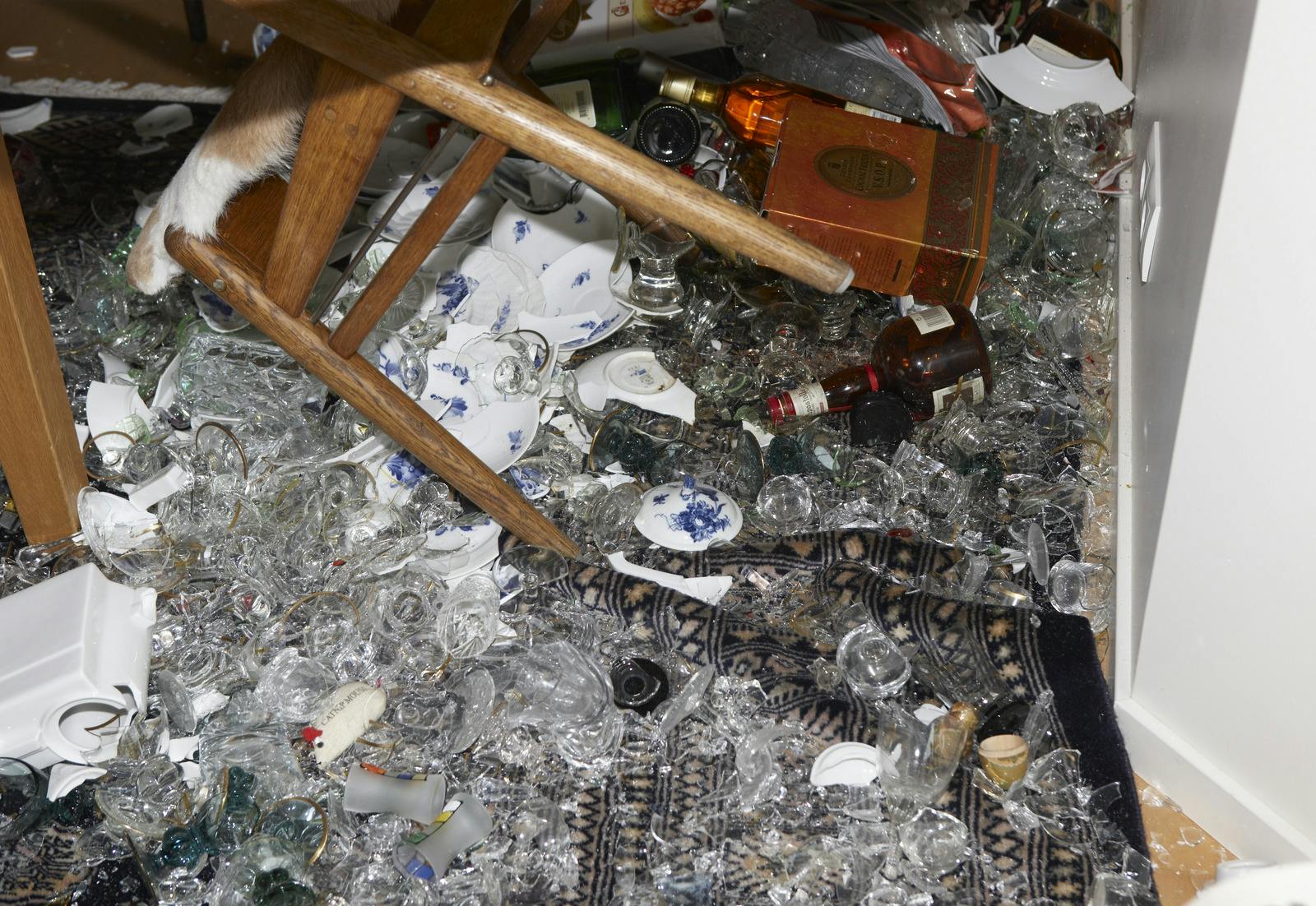
Aftershocks and Iceland
Iceland’s location on the Mid-Atlantic Ridge makes it a hotspot for seismic and volcanic activity. The ridge represents a divergent tectonic boundary where the Eurasian and North American continental plates pull apart, creating frequent earthquakes and volcanic eruptions. Aftershocks in Iceland are closely monitored to assess the potential for more significant seismic events and to understand the interaction between seismic activity and volcanic processes.
For instance, the 2020 M5.6 earthquake near Reykjavik was followed by thousands of aftershocks. These aftershocks were instrumental in helping scientists monitor the movement along the faults and assess further risks to the population. This event was the forerunner of the volcanic unrest that has lasted for years in the area.The data gathered from these events feeds into ongoing research and public safety measures, proving vital for the country’s emergency response strategies.
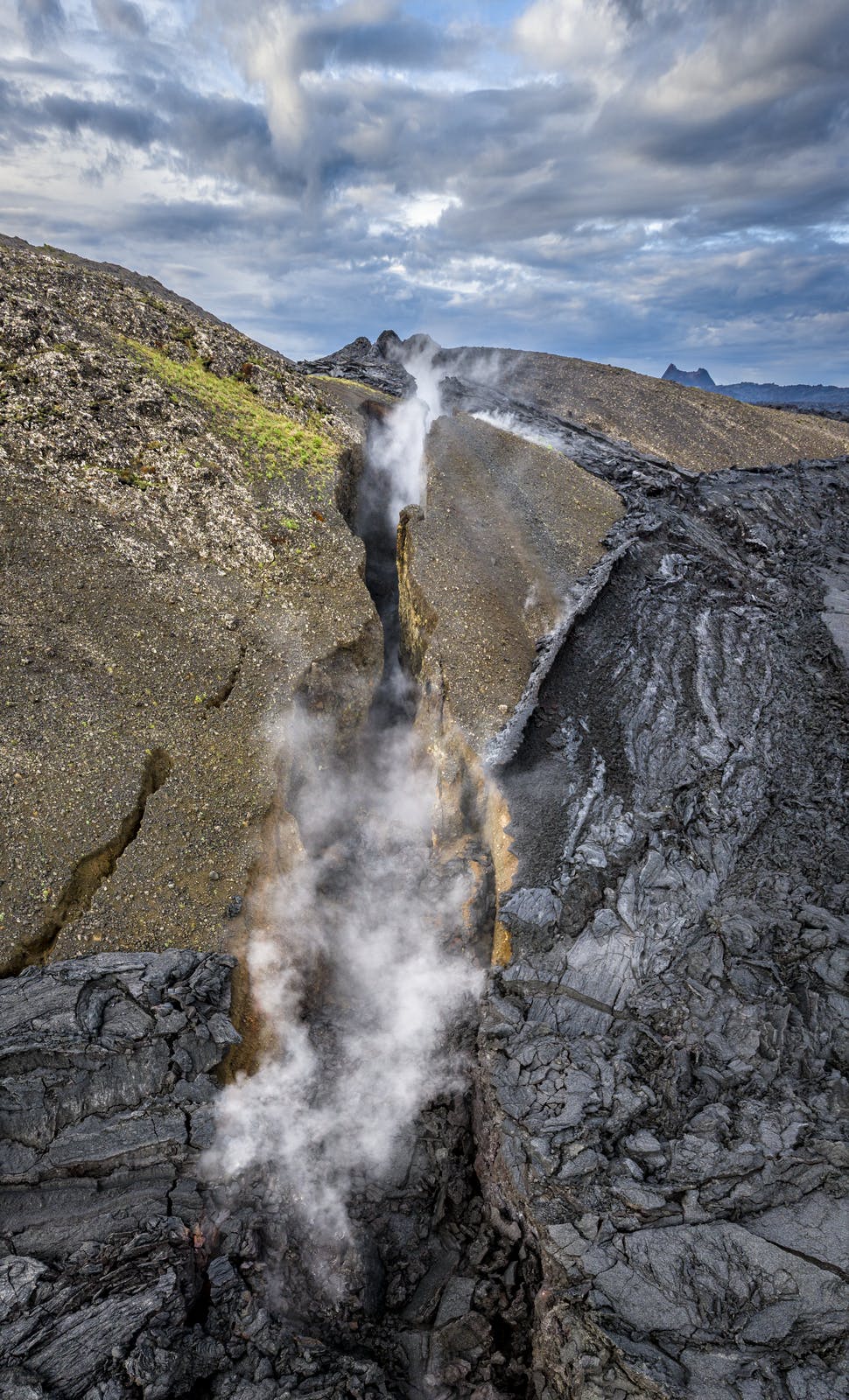
The Impact of Aftershocks
While aftershocks are generally less potent than the mainshock, they can be particularly damaging in areas where structures have already been weakened. This is of particular concern in places like Iceland, where buildings and infrastructure must be designed to withstand the initial quake and subsequent aftershocks. Moreover, aftershocks can hamper rescue and recovery efforts following a major earthquake by posing additional risks to rescuers and people trapped by the initial event.
Monitoring and Preparedness in Iceland
Iceland has developed one of the world’s most advanced seismic monitoring systems. This network of seismographs and other geophysical instruments provides real-time data on seismic activity, which is crucial for rapid response and public safety. Public education campaigns and regular drills ensure that the population is prepared and knows how to respond during an aftershock sequence.
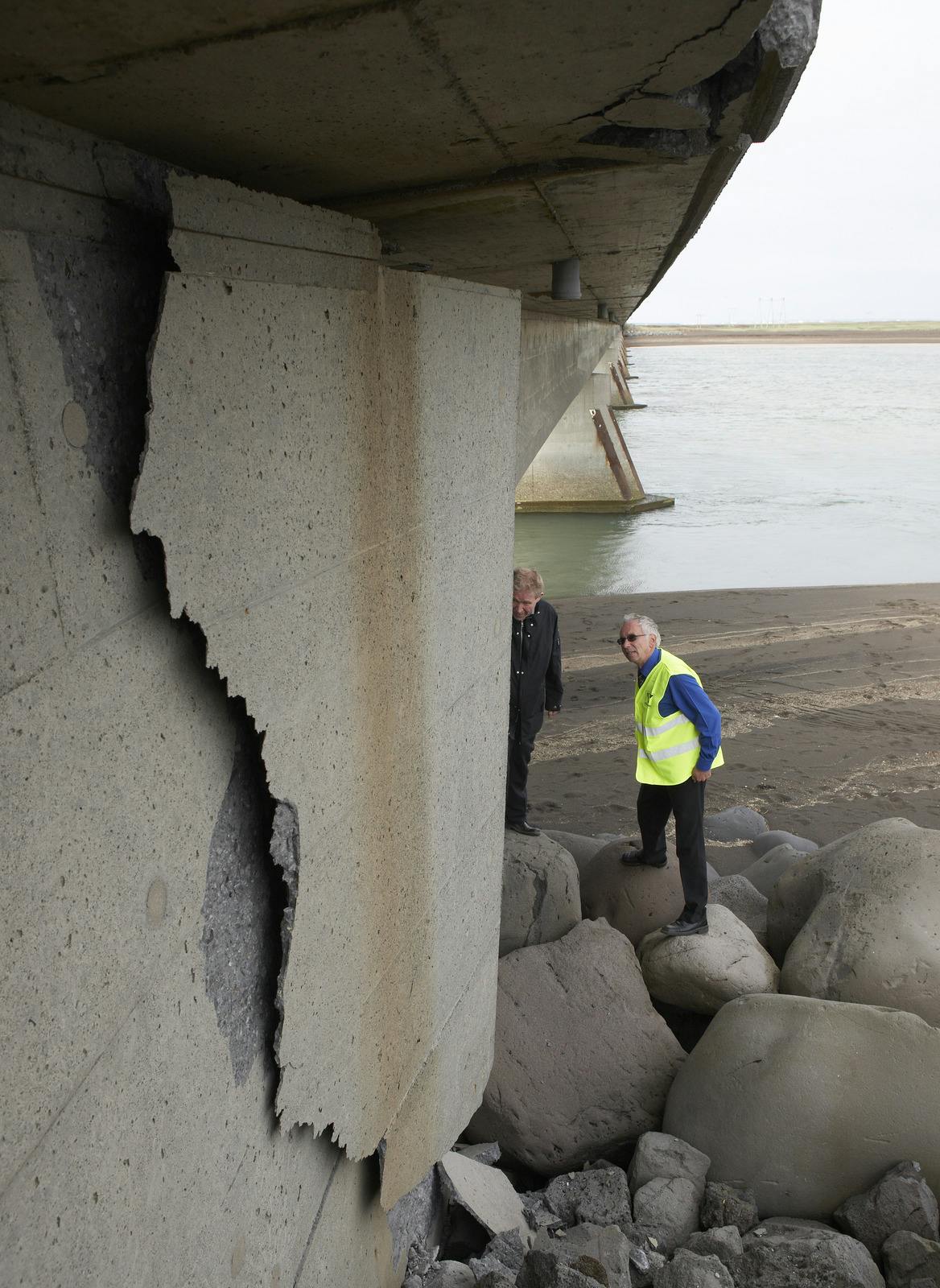
Learn About Iceland’s Unique Geology at Perlan in Reykjavík
Perlan’s’ Forces of Nature exhibition allows visitors to feel the raw power of volcanoes, earthquakes, and geothermal energy that powers Iceland. In the heart of Reykjavík, guests can learn about the tectonic plates, earthquakes and volcanoes that form when heat and pressure build up beneath the earth’s surface. The earth’s weak points tend to be along fault lines where tectonic plates converge or diverge, as in Iceland’s’ case. The exhibition is a unique, family-friendly museum experience that entertains and informs.
Iceland is one of the most volcanically active regions in the world — if you’re curious which ones are still rumbling, explore the active volcanoes in Iceland.
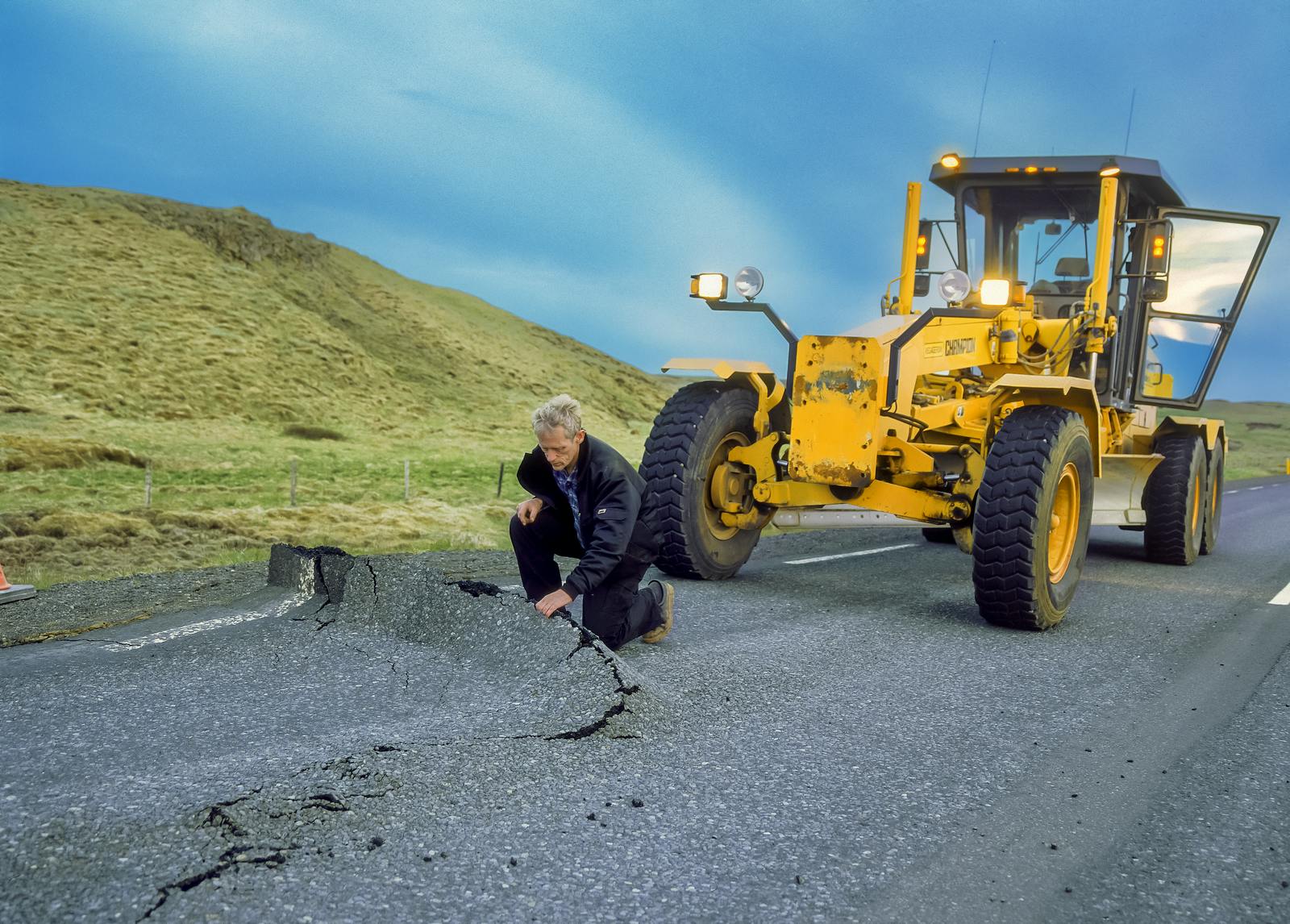
FAQ
Why are aftershocks important to study?
Aftershocks are a significant aspect of seismic activity that cannot be overlooked. Understanding and monitoring these events, especially in seismically active regions like Iceland, is crucial for minimising risk and enhancing public safety. By studying aftershocks, scientists can gain invaluable insights into earthquake dynamics and improve our ability to predict and mitigate the impacts of future seismic events.
Does Iceland have aftershocks?
Iceland sits atop a divergent tectonic boundary between the North American and Eurasian continental plates, leading to frequent earthquakes and volcanic activities, where aftershocks can be present on the island during seismic events. Iceland’s geographical position on the Mid-Atlantic Ridge makes it an area of high seismic activity, which is frequently monitored and studied by geologists and seismologists.
What is an aftershock of an earthquake?
An aftershock is a smaller earthquake that occurs after the main shock of a larger earthquake.
What does aftershock feel like?
Aftershocks feel like smaller, less intense versions of the main earthquake, but they can still cause significant shaking.







